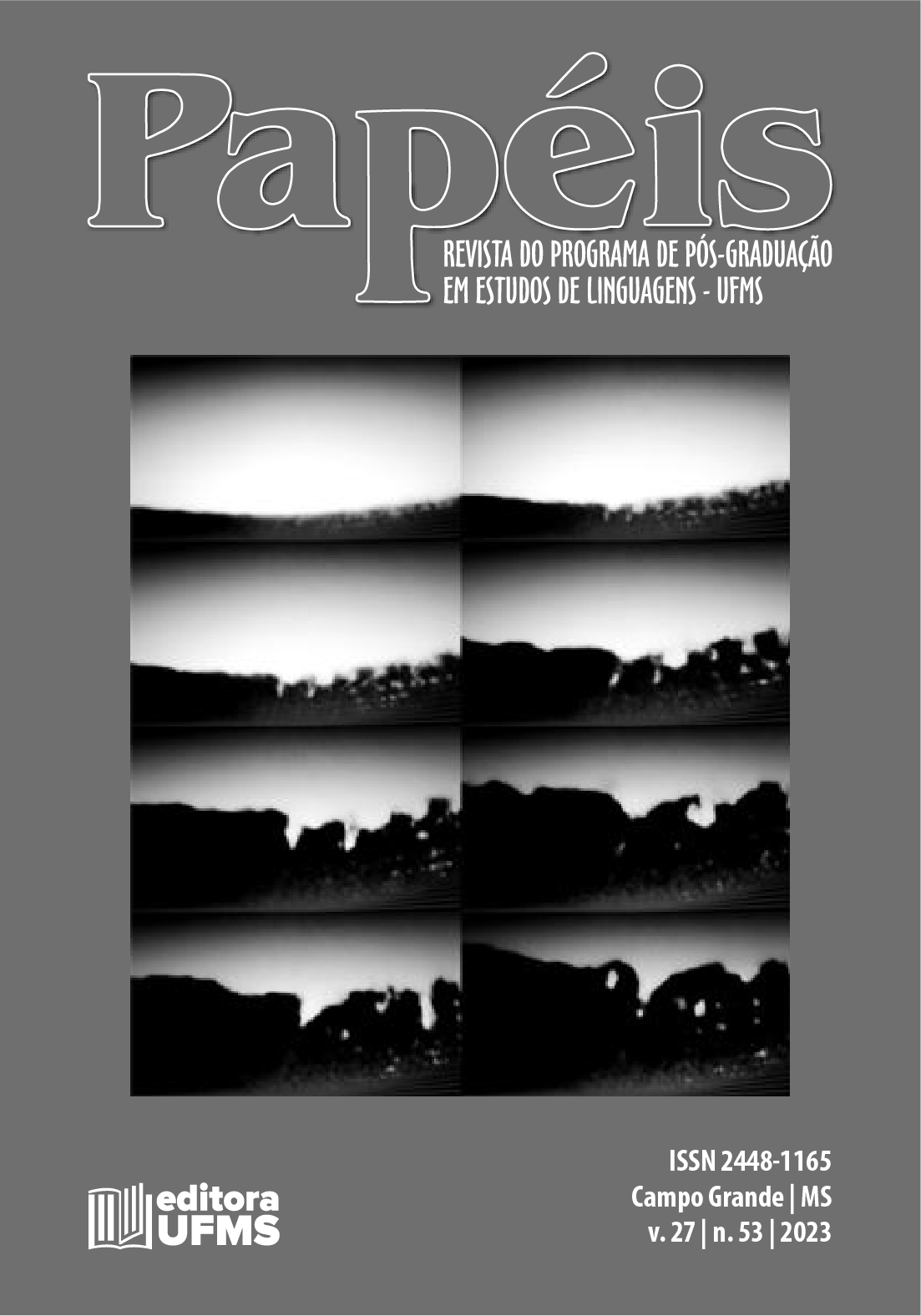Una cuestión diatópica de la morfología del portugués y del español:
el uso de los sufijos -inho e -ito en algunas obras literarias
Résumé
Los sufijos -inho e -ito disponen de semejanzas lingüístico-culturales lo que posibilita la aparente facilidad en el intercambio de dichas partículas en los idiomas portugués y español. El empleo de tales sufijos está determinado no solo por cuestiones lingüísticas exclusivamente, abarcando también consideraciones de tipo sociocultural (FURTADO DA CUNHA, 2016; HOLANDA, 1995; XXX, 2020). En este estudio, se busca averiguar si los sufijos -inho e -ito en obras literarias de las lenguas portuguesa y española guardan semejanza en términos de productividad y frecuencia en su uso lingüístico-literario-cultural. Sin embargo, el corpus comparable bilingüe indicó haber diferencia en los usos entre las dos lenguas cotejadas. Frente a ello, se puede inferir a partir de los datos que, en el uso lingüístico-literario-cultural del corpus compilado, hay cuestiones sobre los tipos de variación sociolingüística que se debe considerar para un análisis de los datos que conlleve a conclusiones específicas.
Références
BERBER SARDINHA, Tony. Linguística de corpus. Barueri: Manole, 2004.
FERRARI NETO, José. Morfologia derivacional. In: RIBEIRO, Maria das Graças Carvalho (Org.). A morfologia e sua interface com a sintaxe e com o discurso. 2. ed. João Pessoa: Editora da UFPB, 2014.
FIORIN, José Luiz. Prefácio. In: FIORIN, José Luiz (Org.). Introdução à linguística. 6. ed. São Paulo: Contexto, 2015.
FISCHER-STARCKE, Bettina. Corpus linguistics in literary analysis: Jane Austen and her contemporaries. Nova York: Continuum, 2010.
HOLANDA, Sérgio Buarque de. Raízes do Brasil. 26. ed. São Paulo: Companhia das Letras, 1995.
MARTINS, Nilce Sant’Anna. Introdução à estilística. 4 ed. São Paulo: EDUSP, 2011.
MONTEIRO, José Lemos. A estilística: manual de análise e criação do estilo literário. 2 ed. Petrópolis: Vozes, 2009.
MONTEIRO, José Lemos. Morfologia portuguesa. 4. ed. Campinas: Pontes, 2002.
ROSA, Maria Carlota. Introdução à morfologia. 4. ed. São Paulo: Contexto, 2005.
SANTANA, Messias dos Santos. O sufixo diminutivo em português: forma, funcionamento e significação – do século XIII ao XX. 912 f. Tese (Doutorado em Letras), Faculdade de Filosofia, Letras e Ciências Humanas, Universidade de São Paulo, São Paulo, 2017.
XXX. 2020.
Autores que publicam nesta revista concordam com os seguintes termos:
- Autores mantém os direitos autorais e concedem à revista o direito de primeira publicação, com o trabalho simultaneamente licenciado sob a Licença Creative Commons Attribution que permite o compartilhamento do trabalho com reconhecimento da autoria e publicação inicial nesta revista.
- Autores têm autorização para assumir contratos adicionais separadamente, para distribuição não-exclusiva da versão do trabalho publicada nesta revista (ex.: publicar em repositório institucional ou como capítulo de livro), com reconhecimento de autoria e publicação inicial nesta revista.
- Autores têm permissão e são estimulados a publicar e distribuir seu trabalho online (ex.: em repositórios institucionais ou na sua página pessoal) a qualquer ponto antes ou durante o processo editorial, já que isso pode gerar alterações produtivas, bem como aumentar o impacto e a citação do trabalho publicado (Veja O Efeito do Acesso Livre).

Este obra está licenciado com uma Licença Creative Commons Atribuição-NãoComercial 4.0 Internacional.




